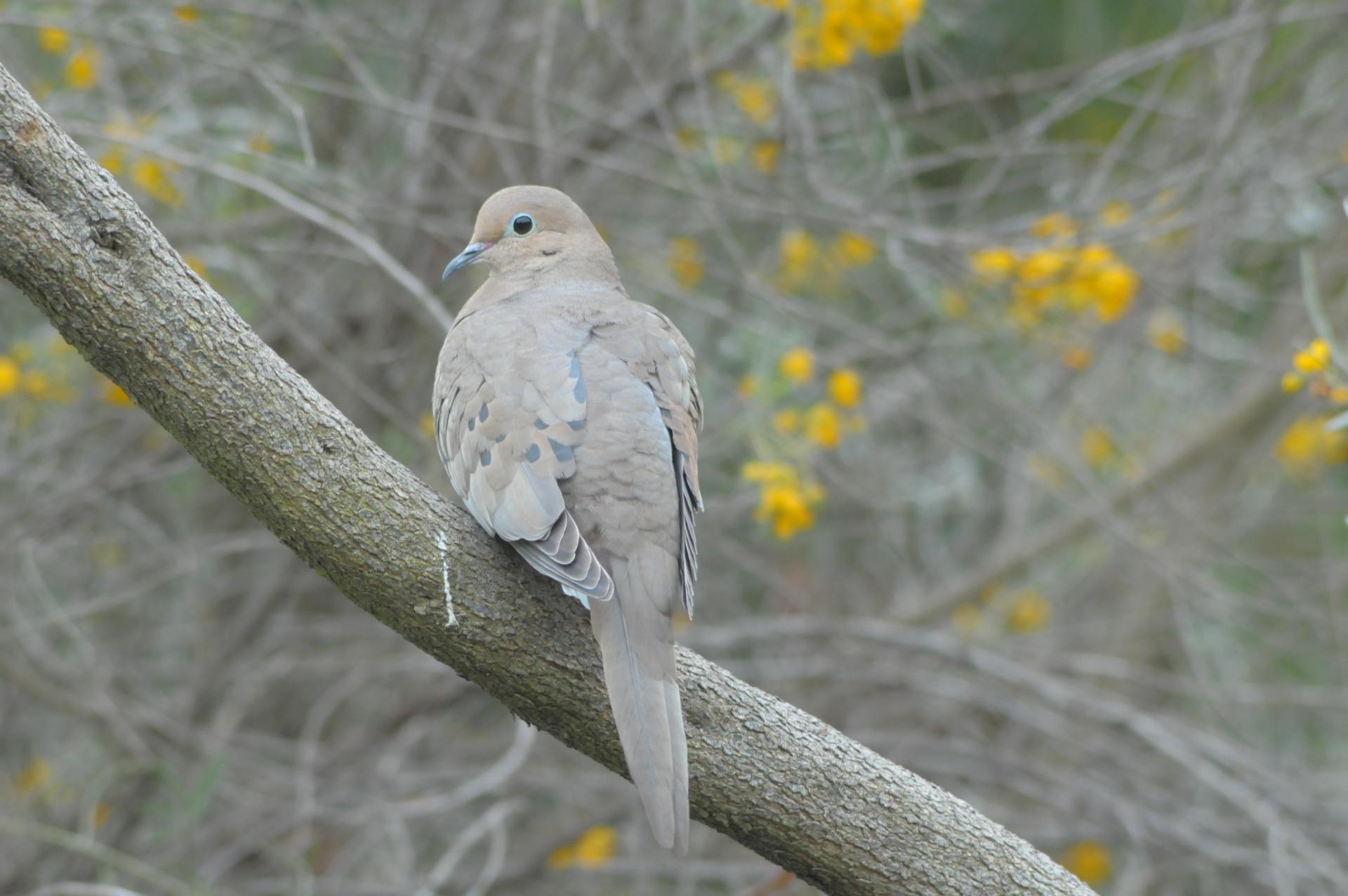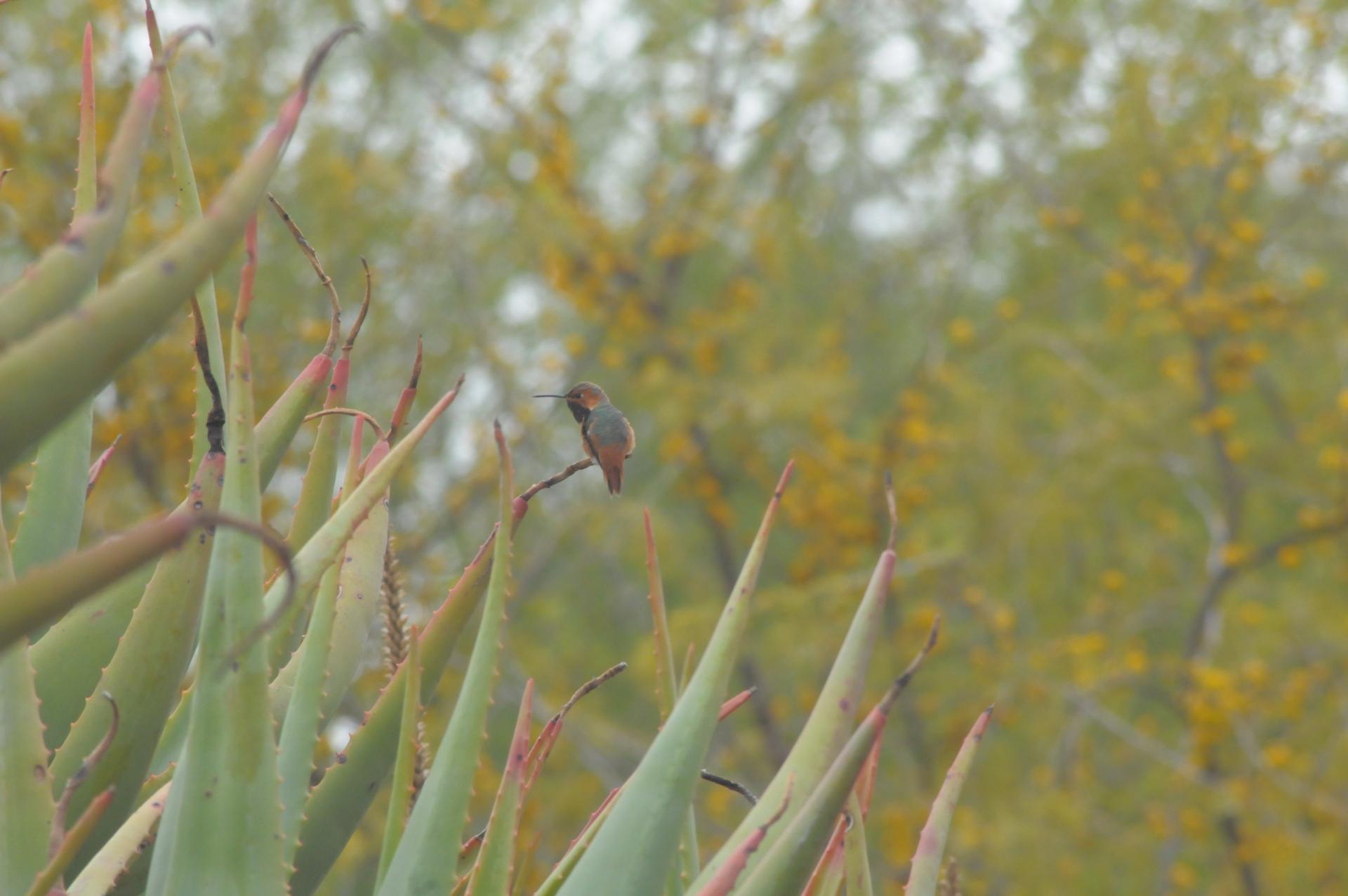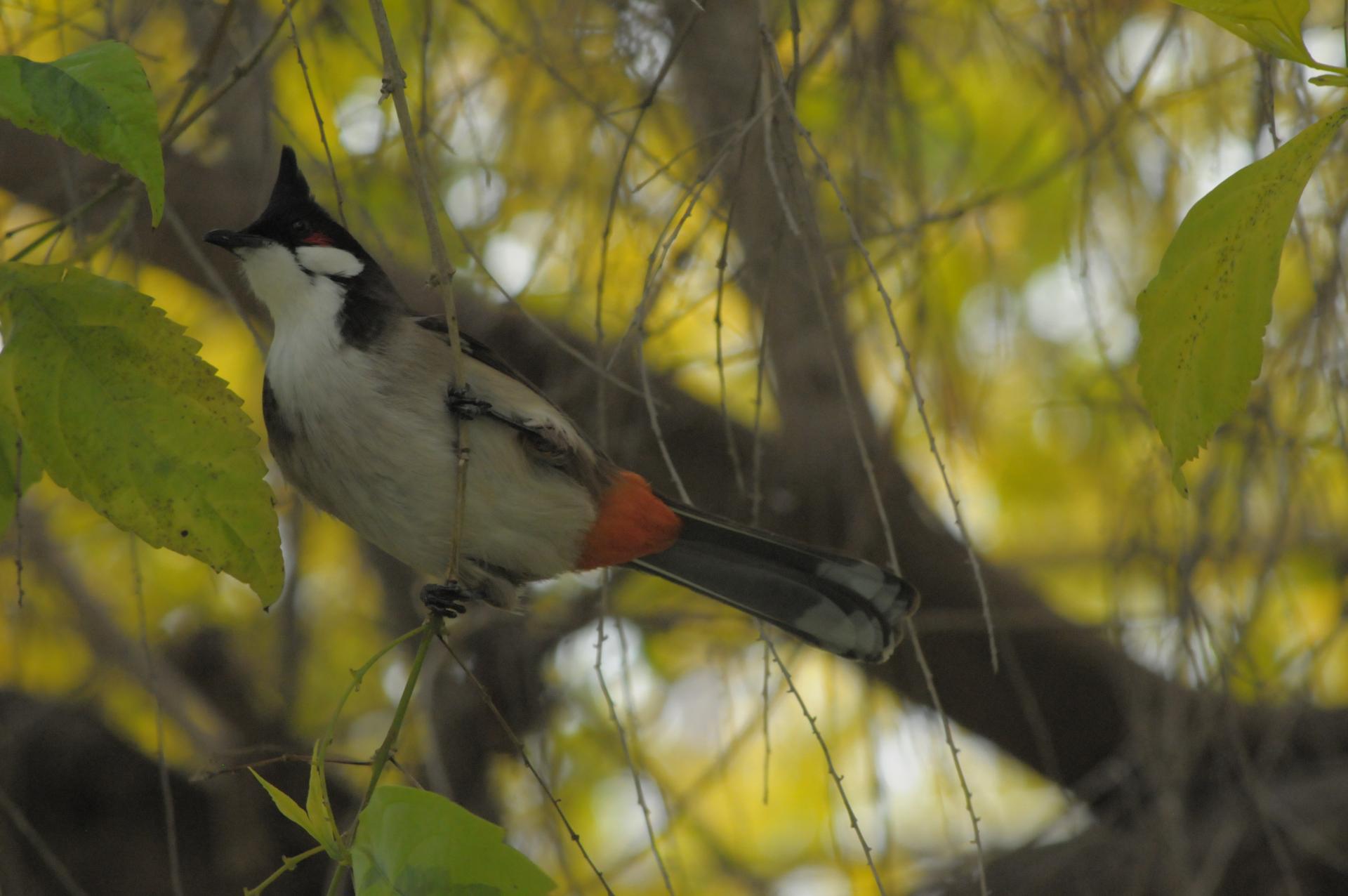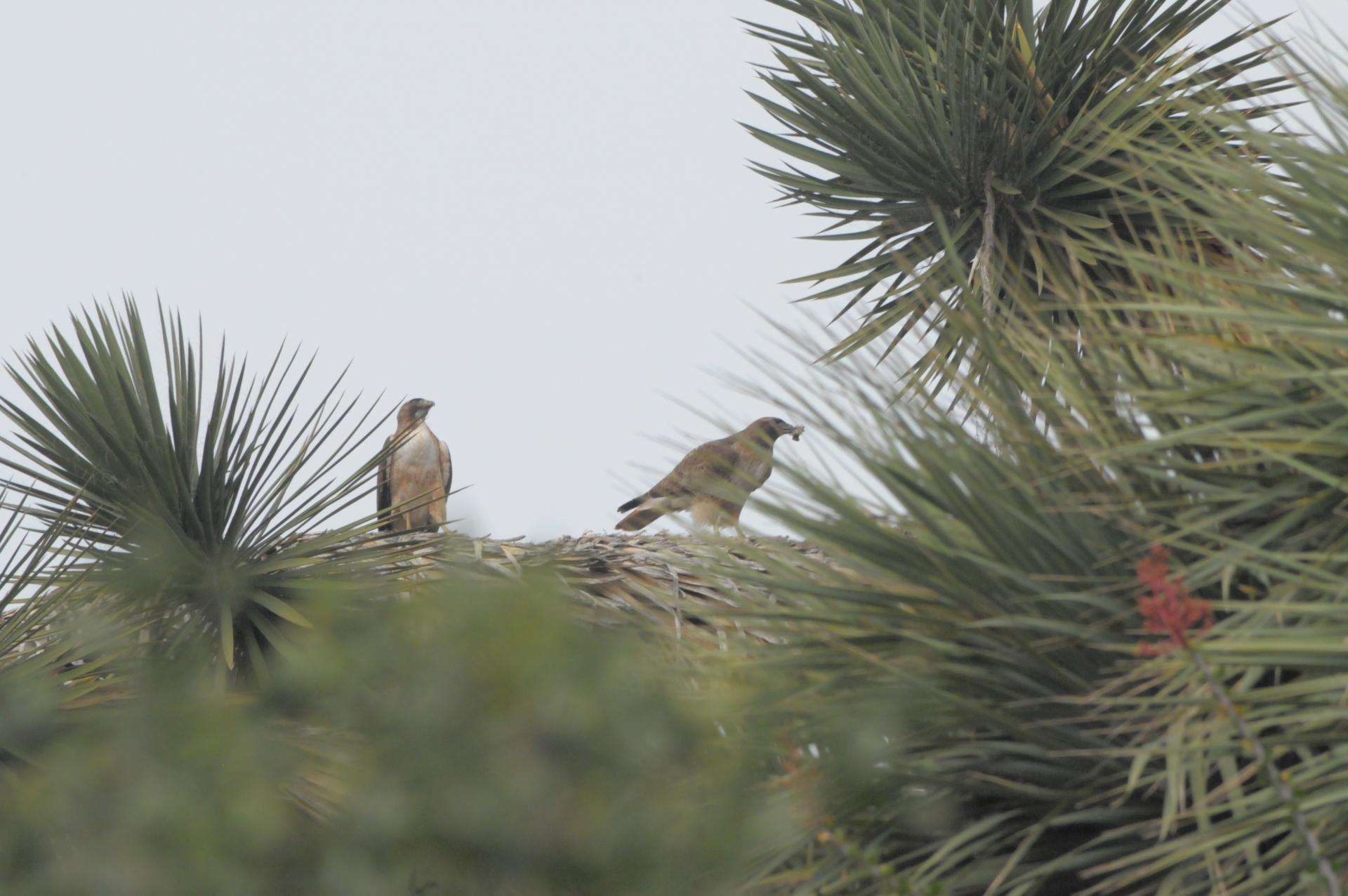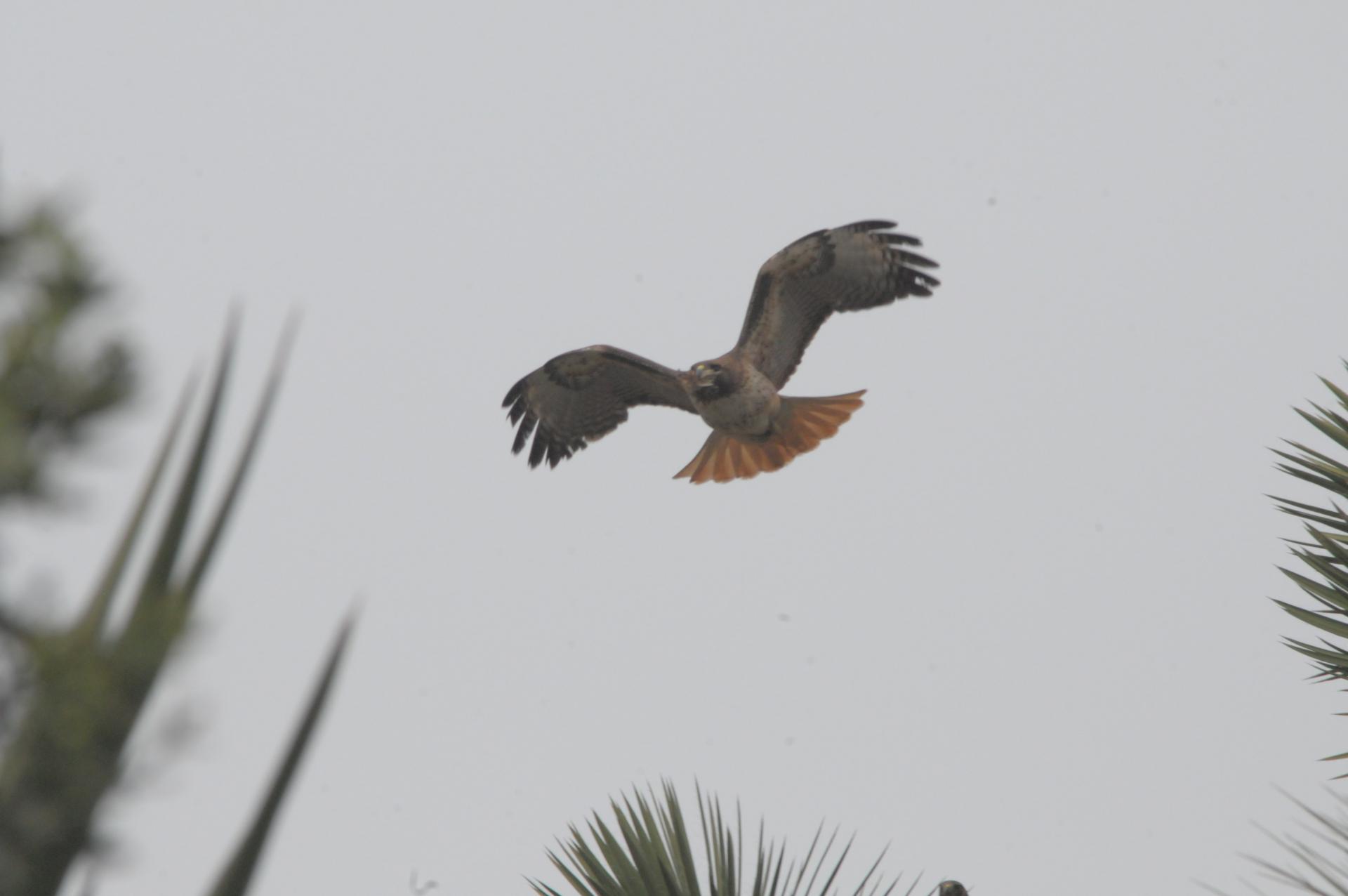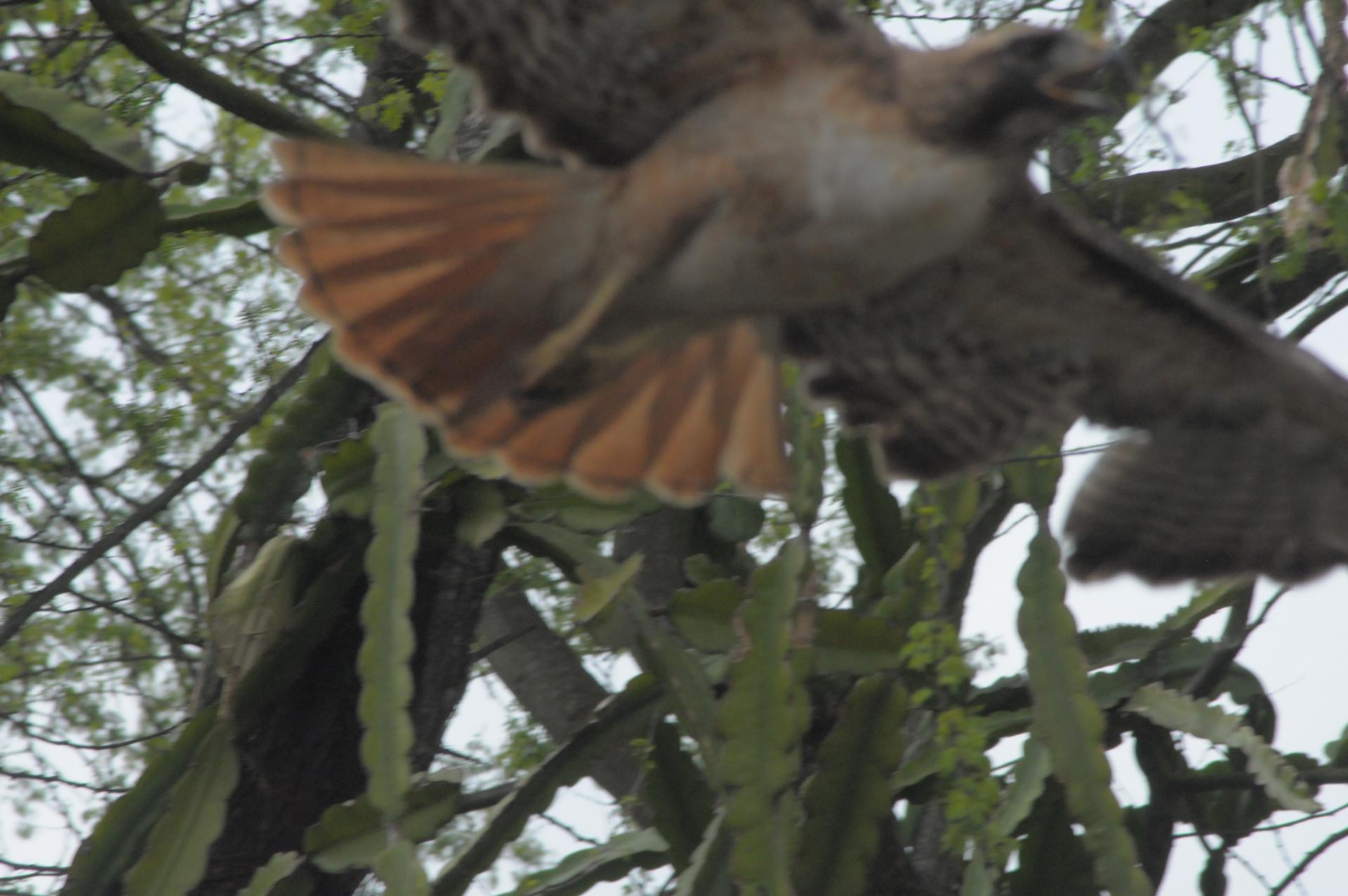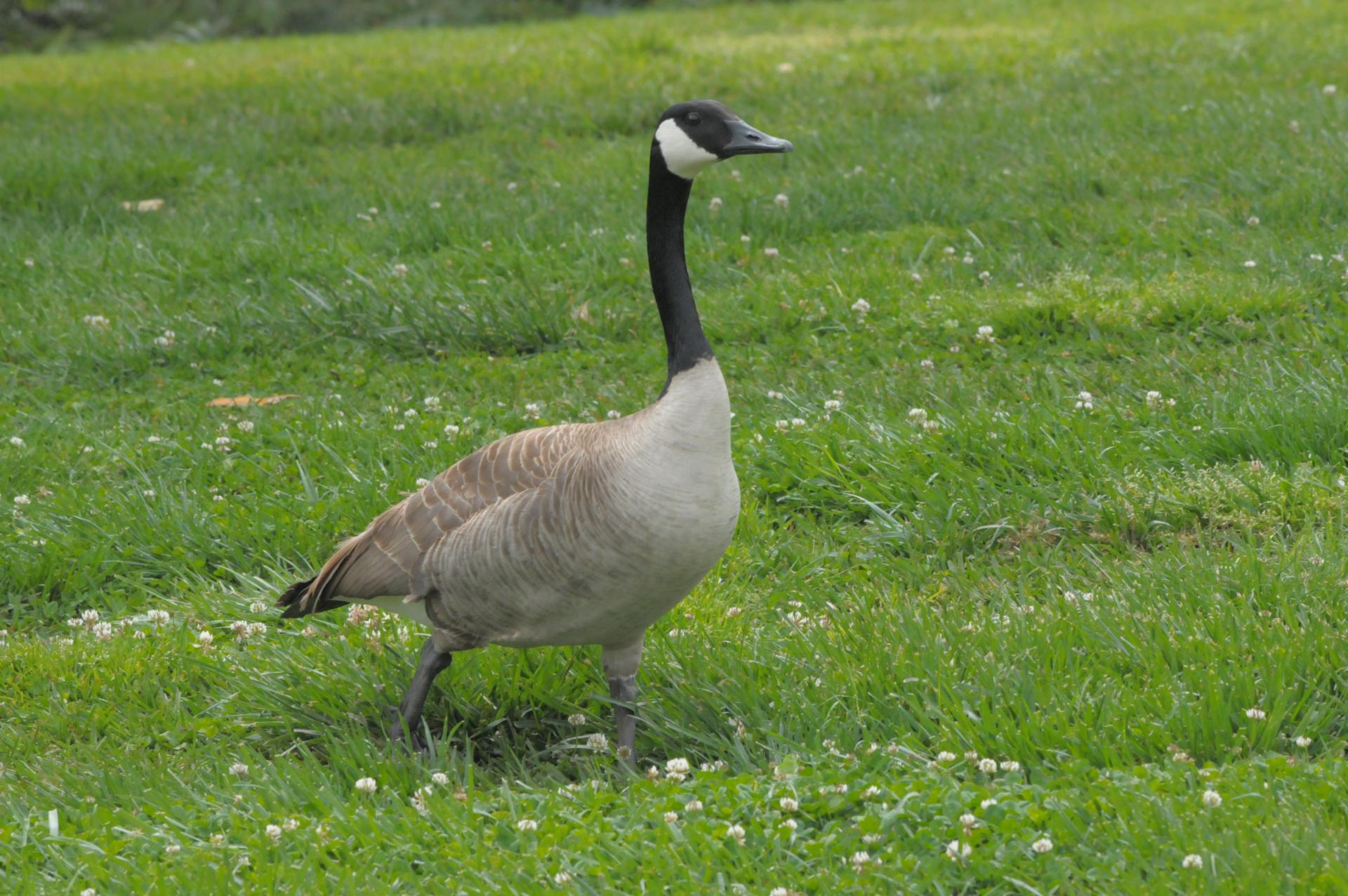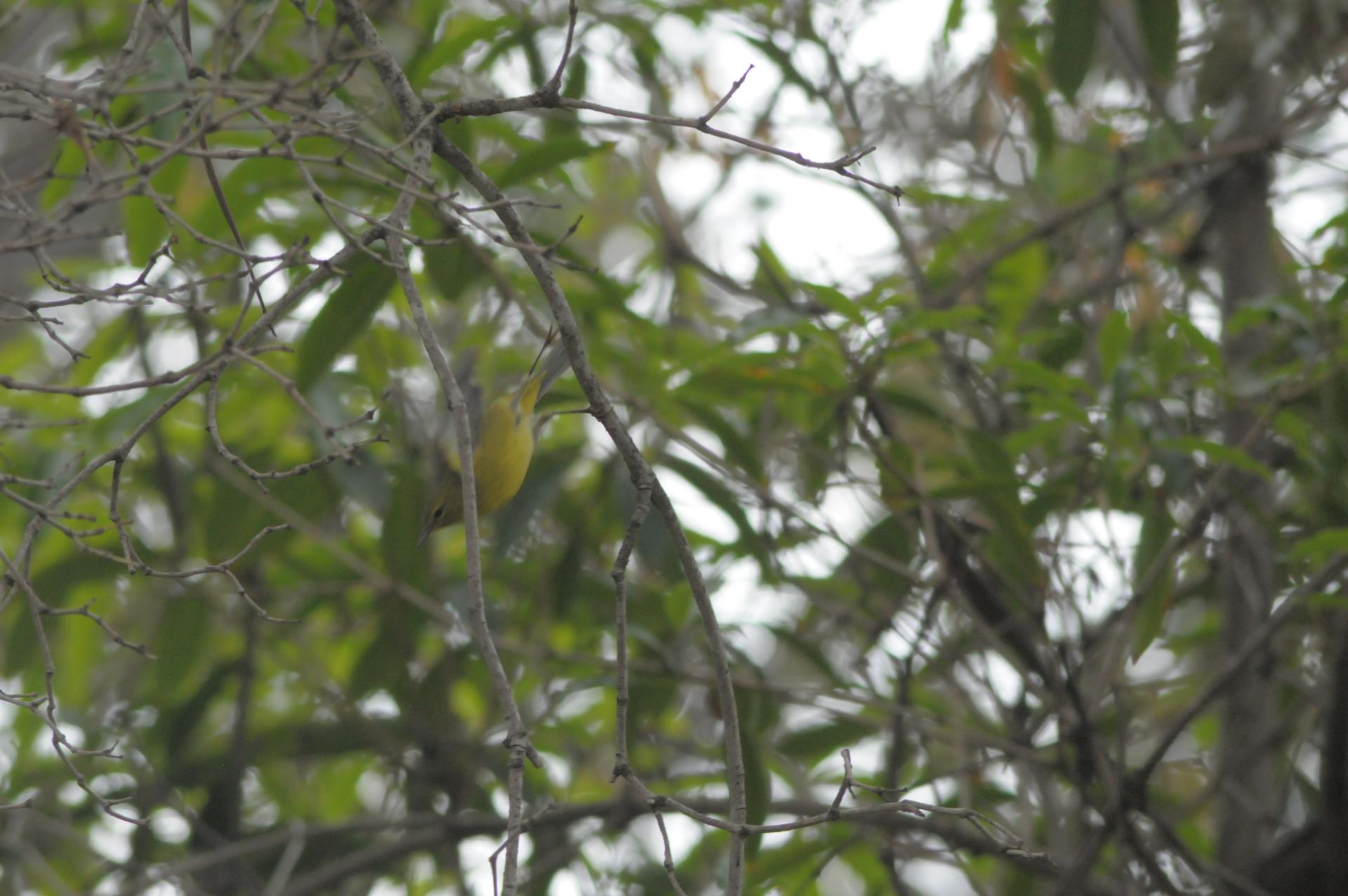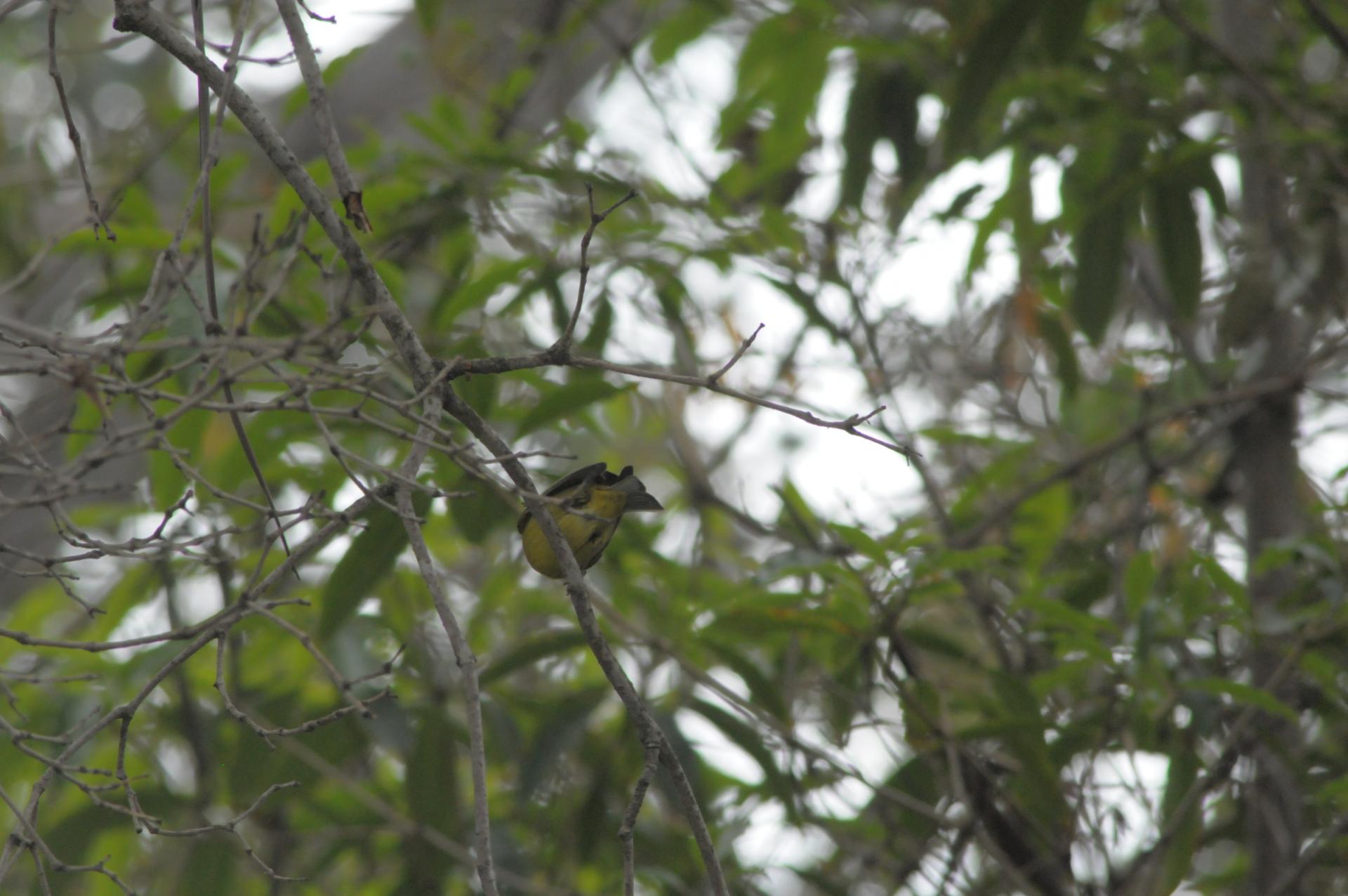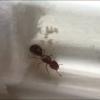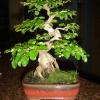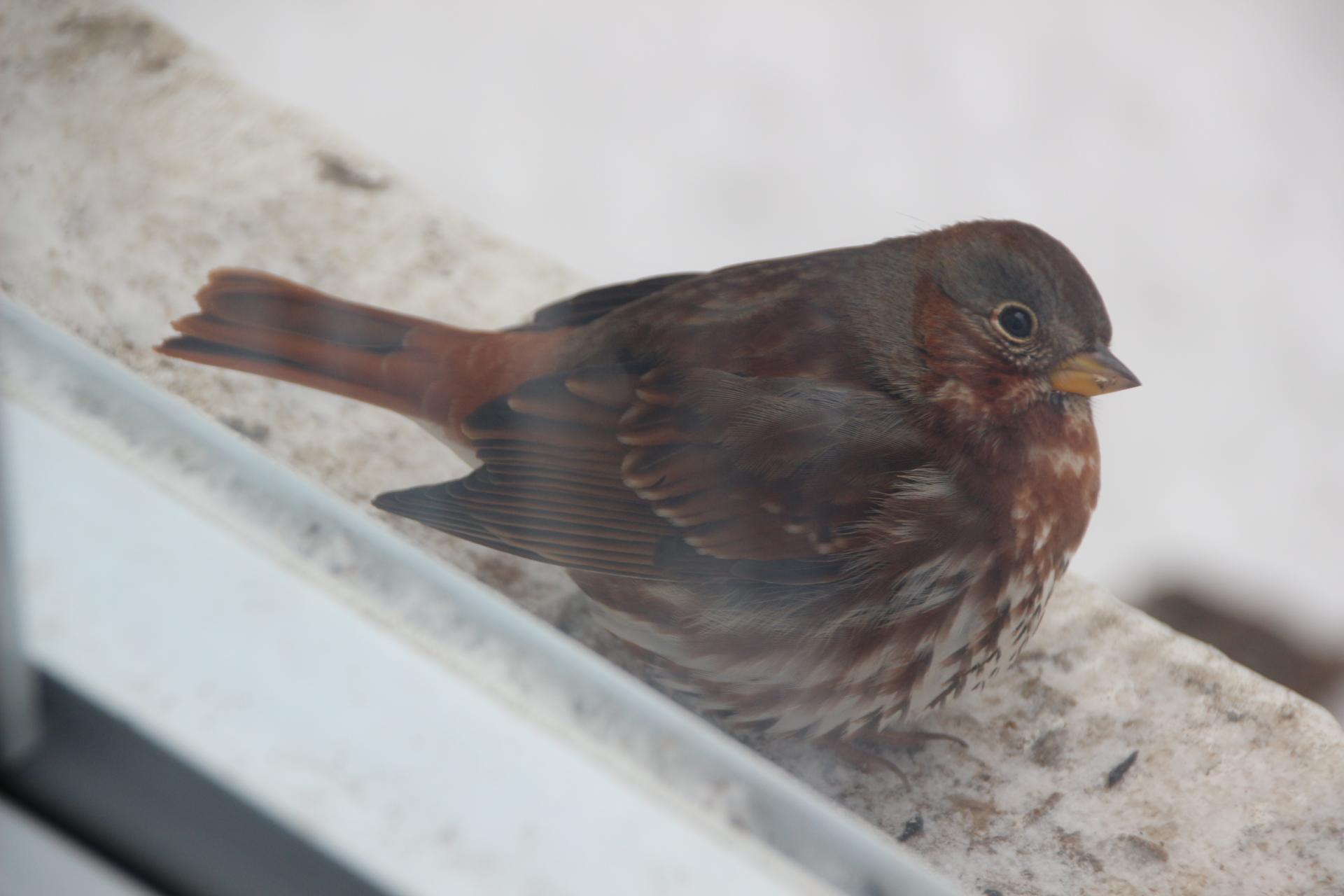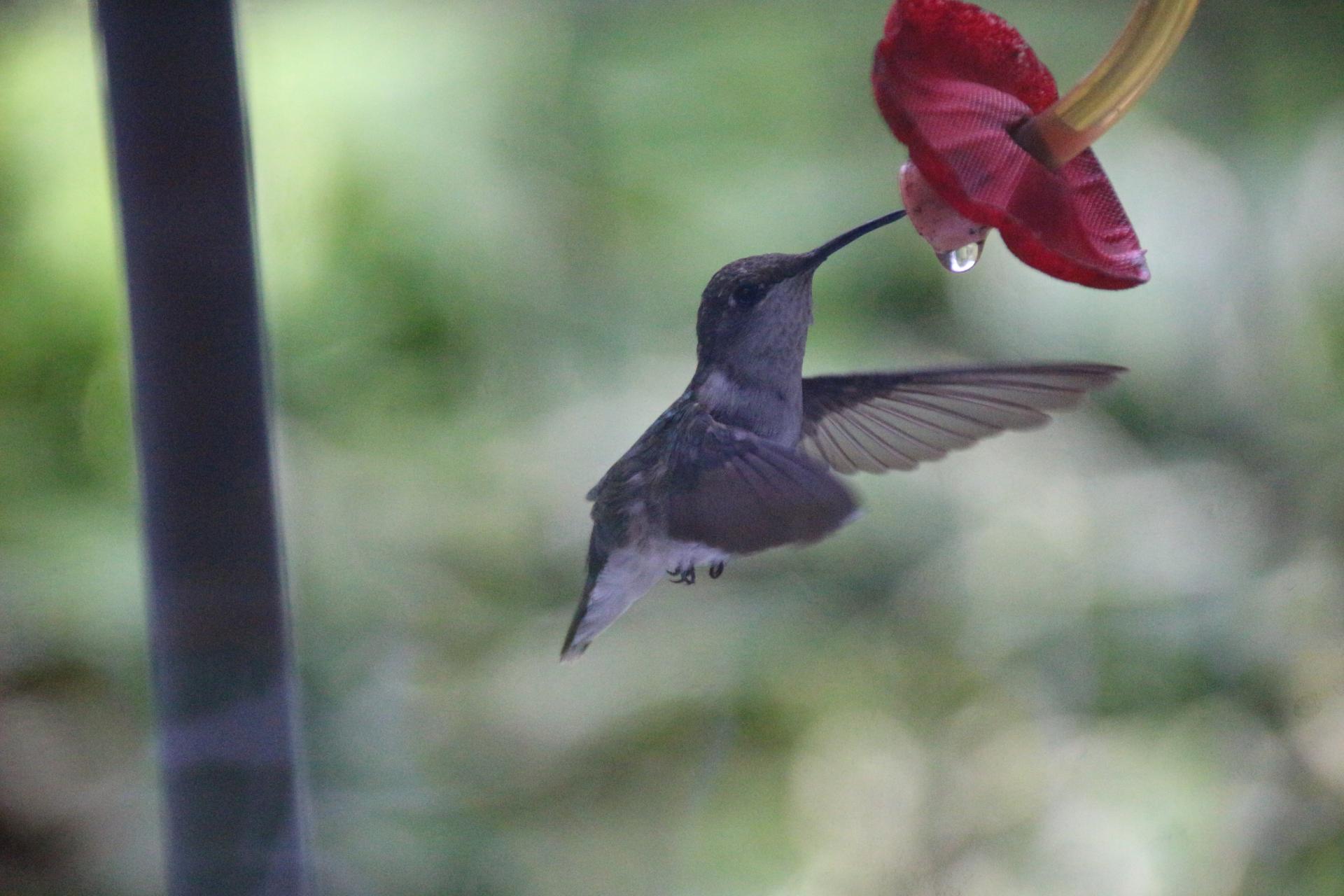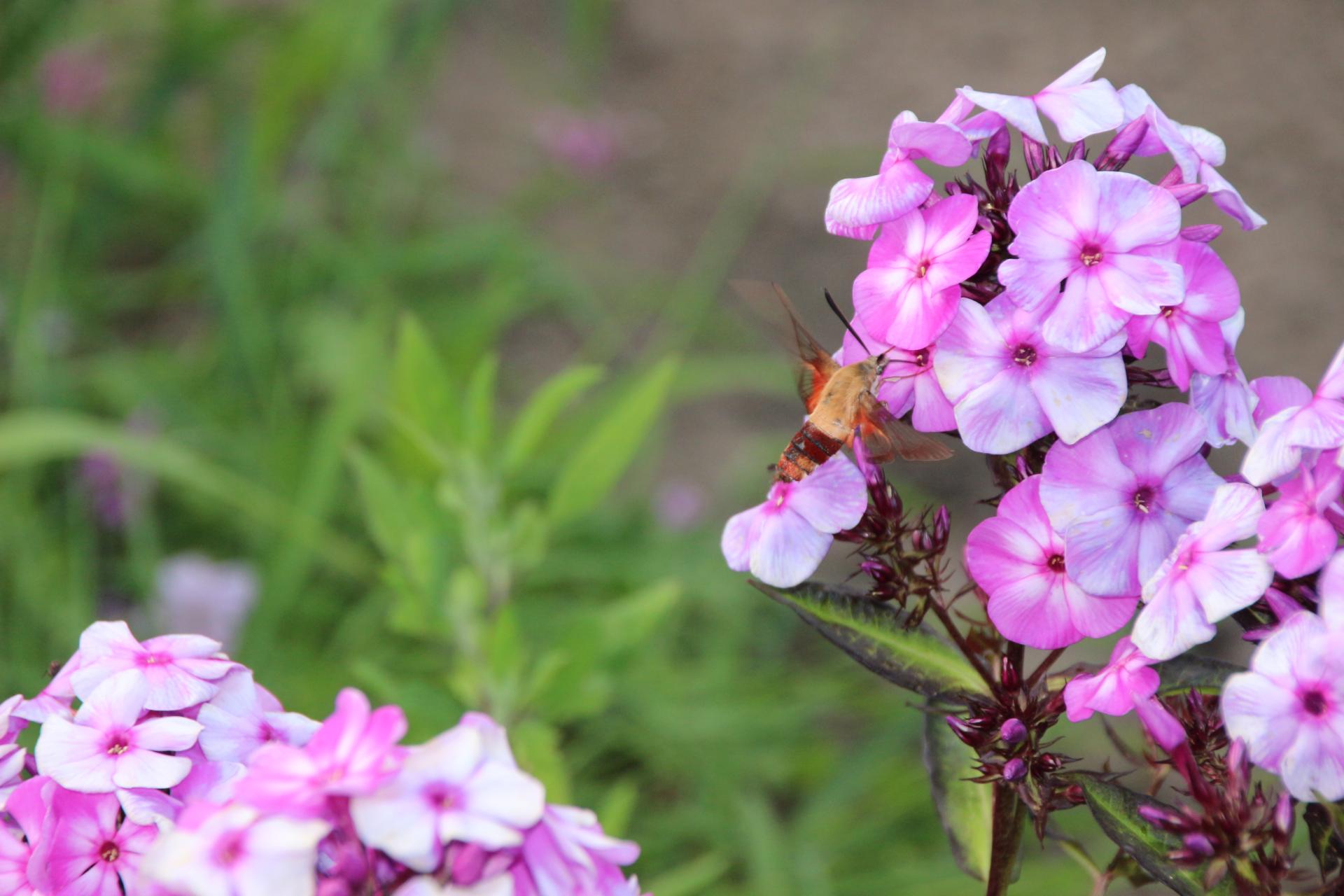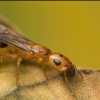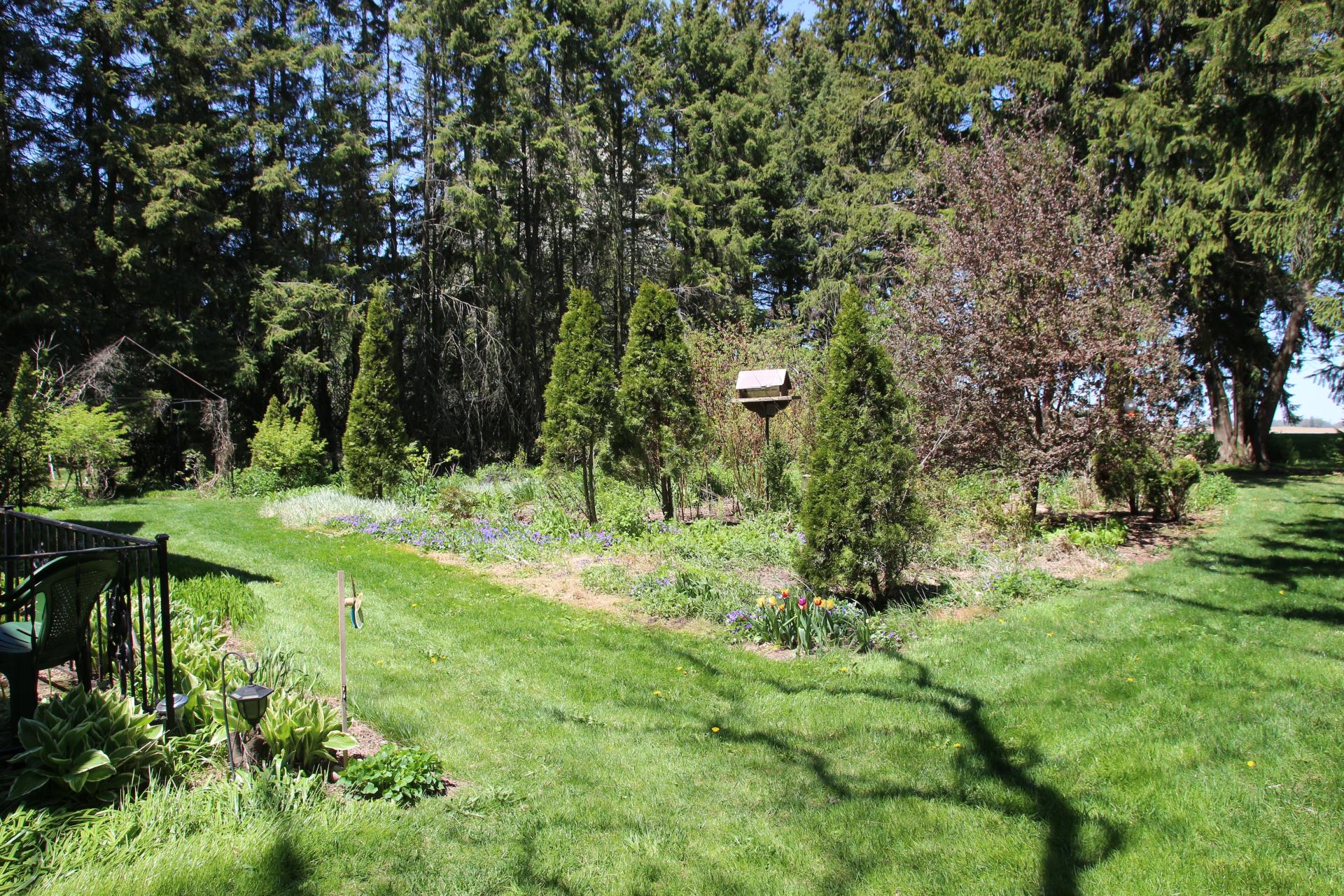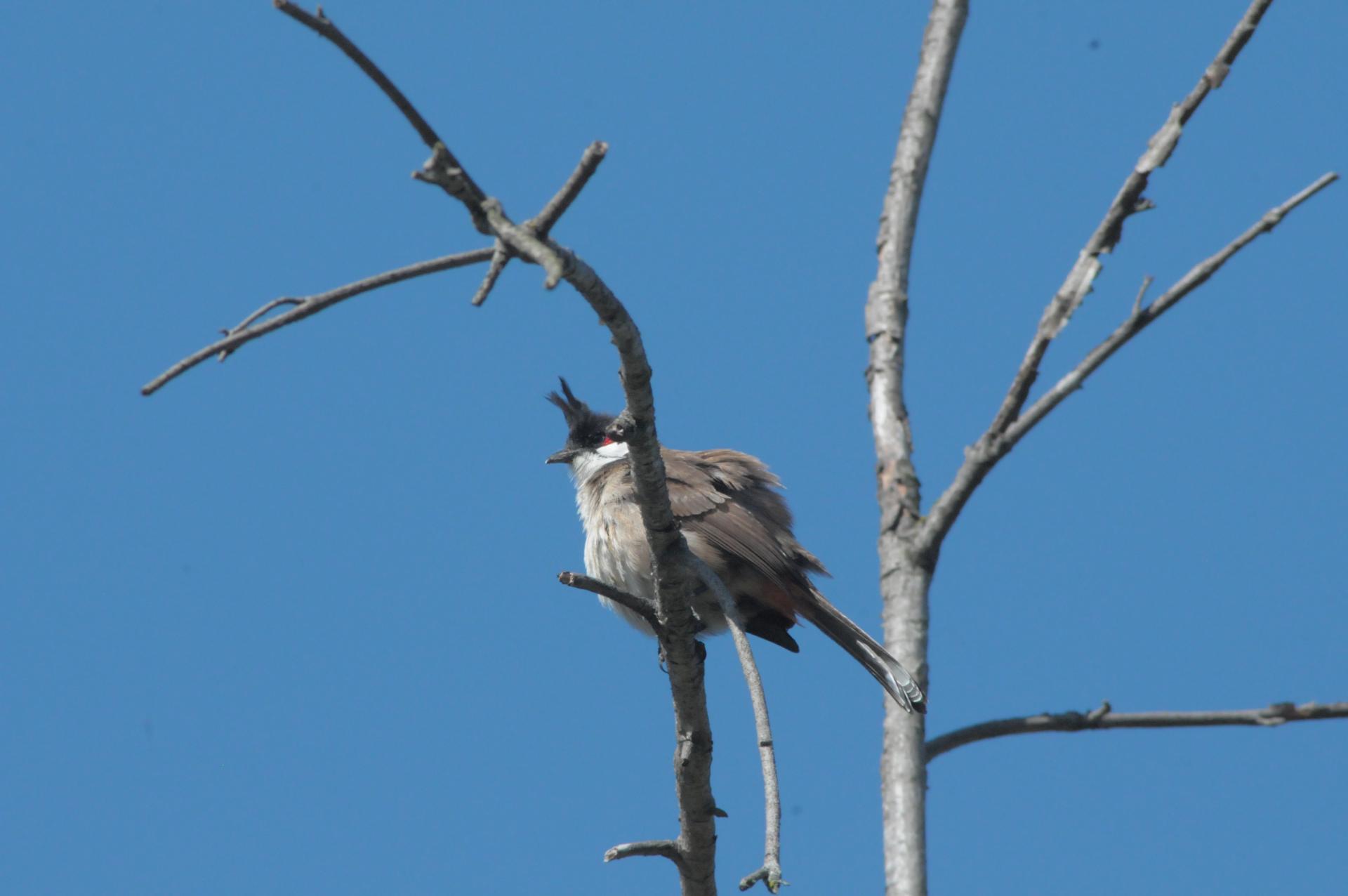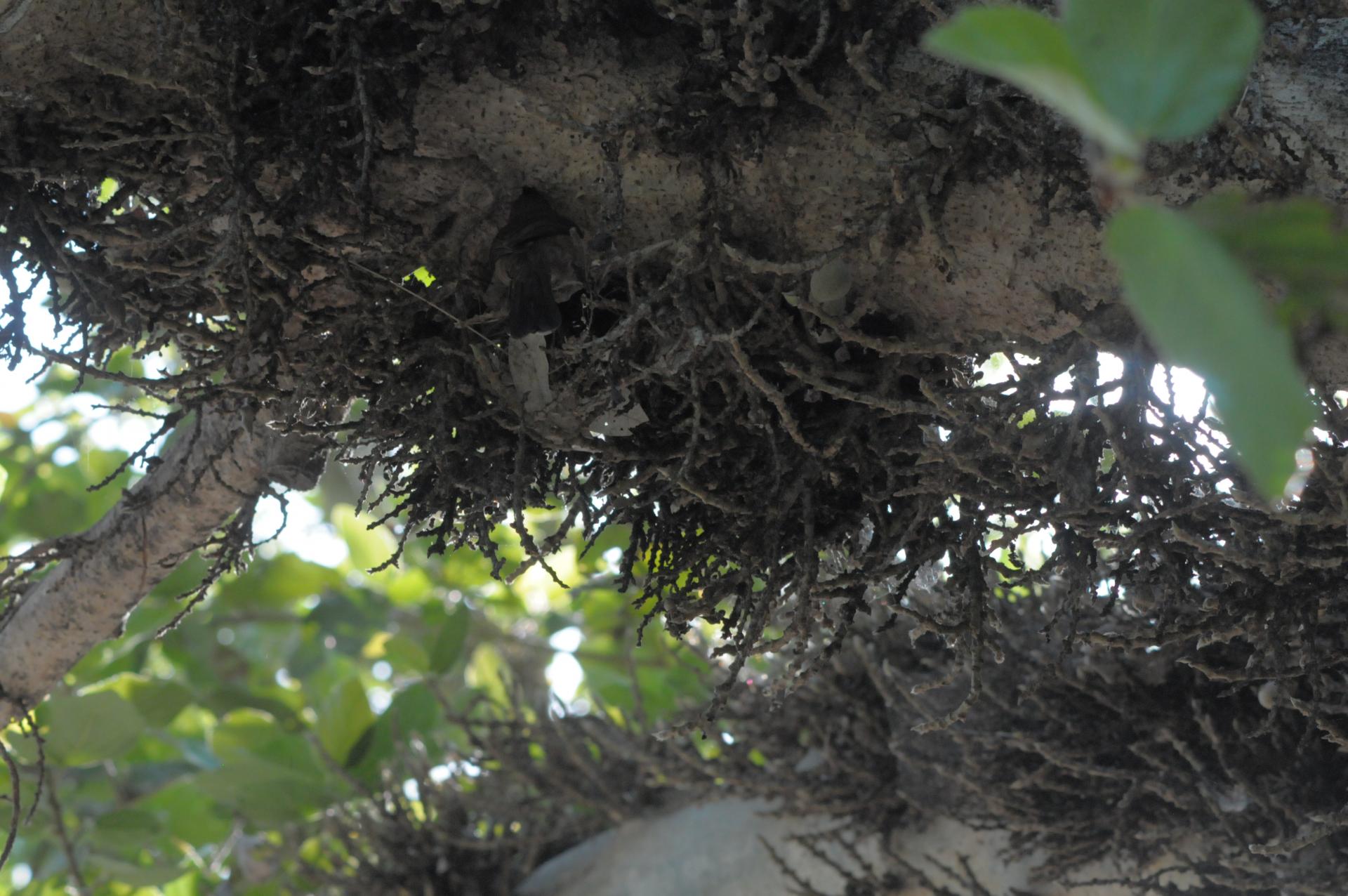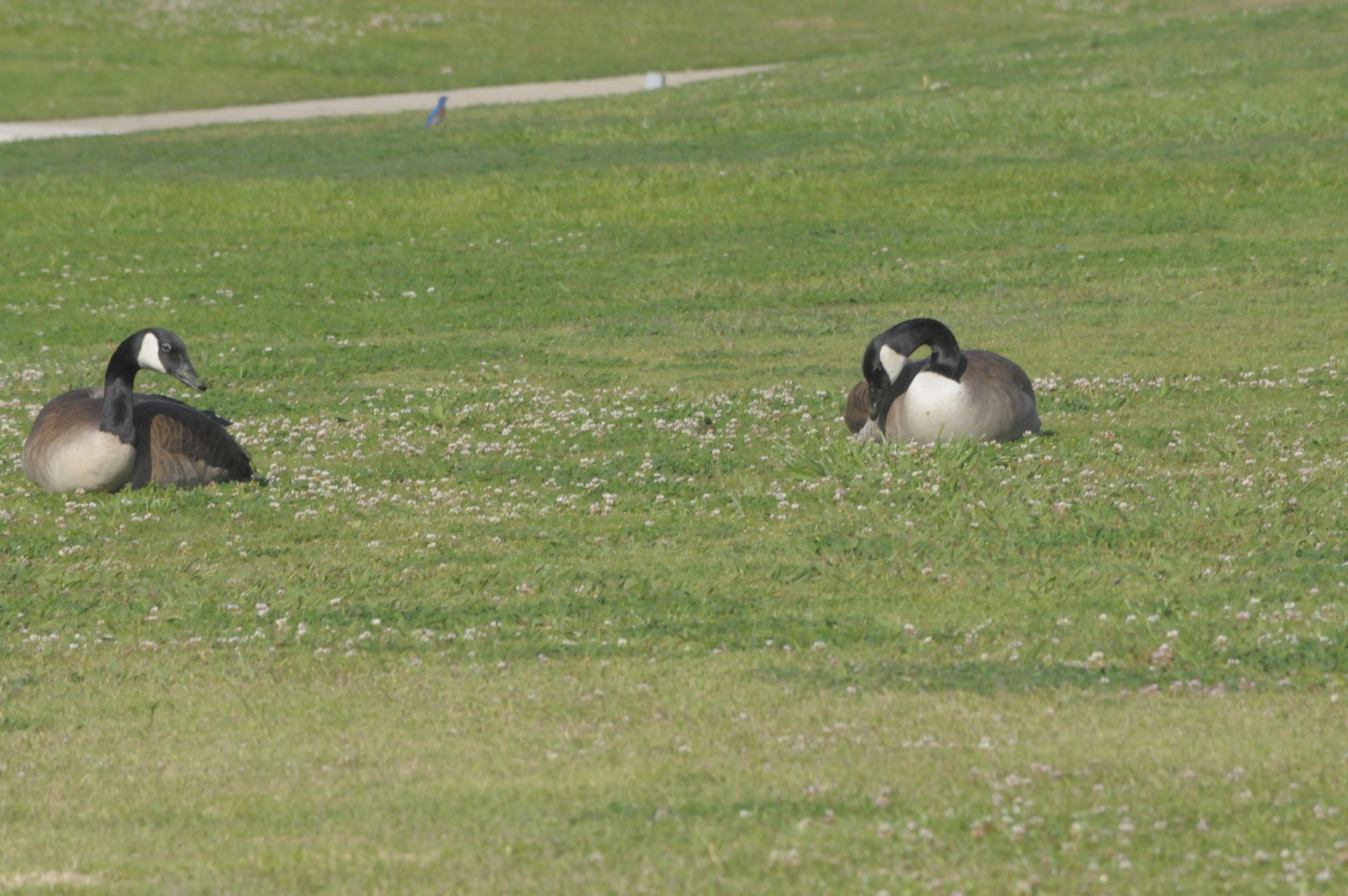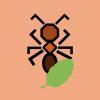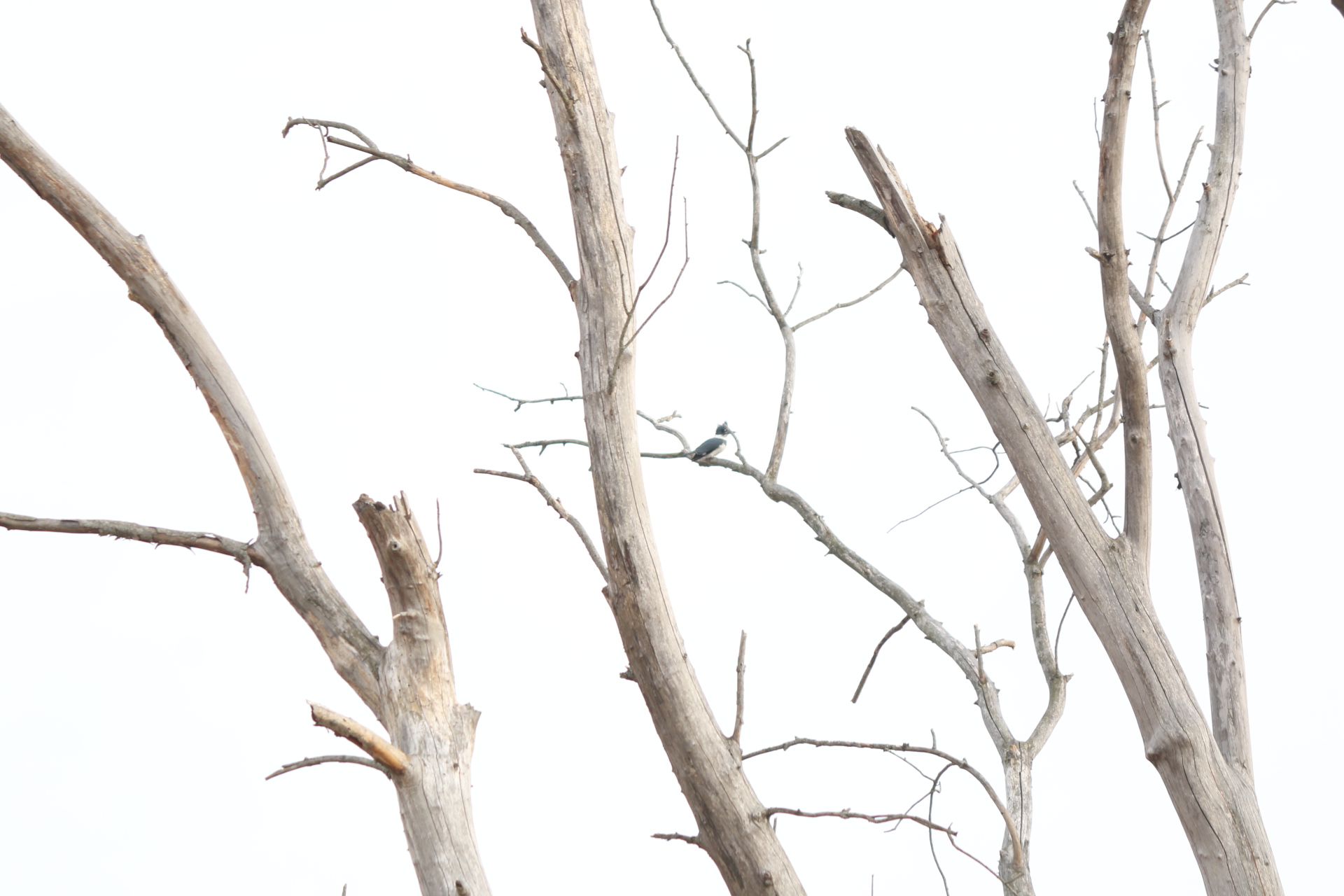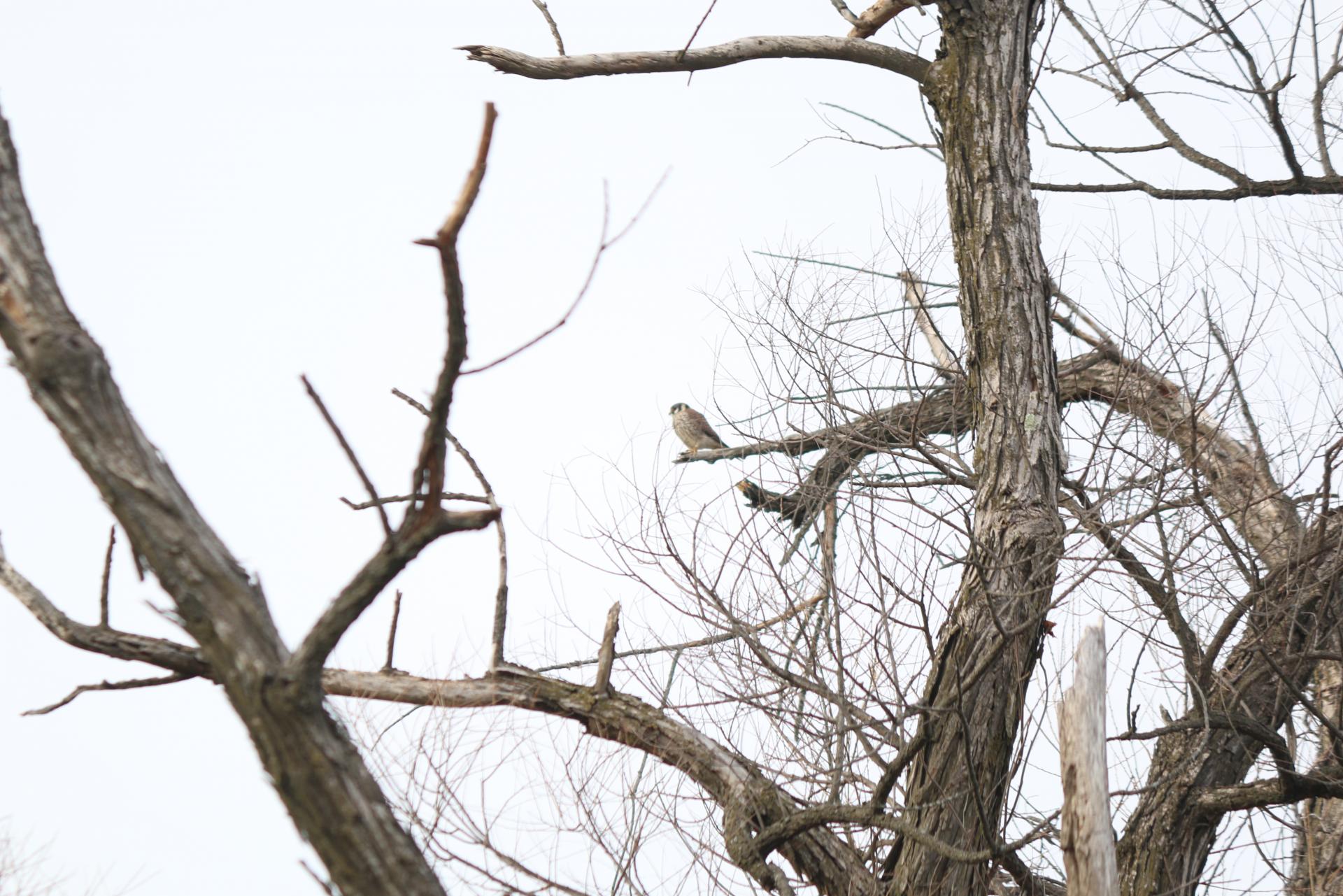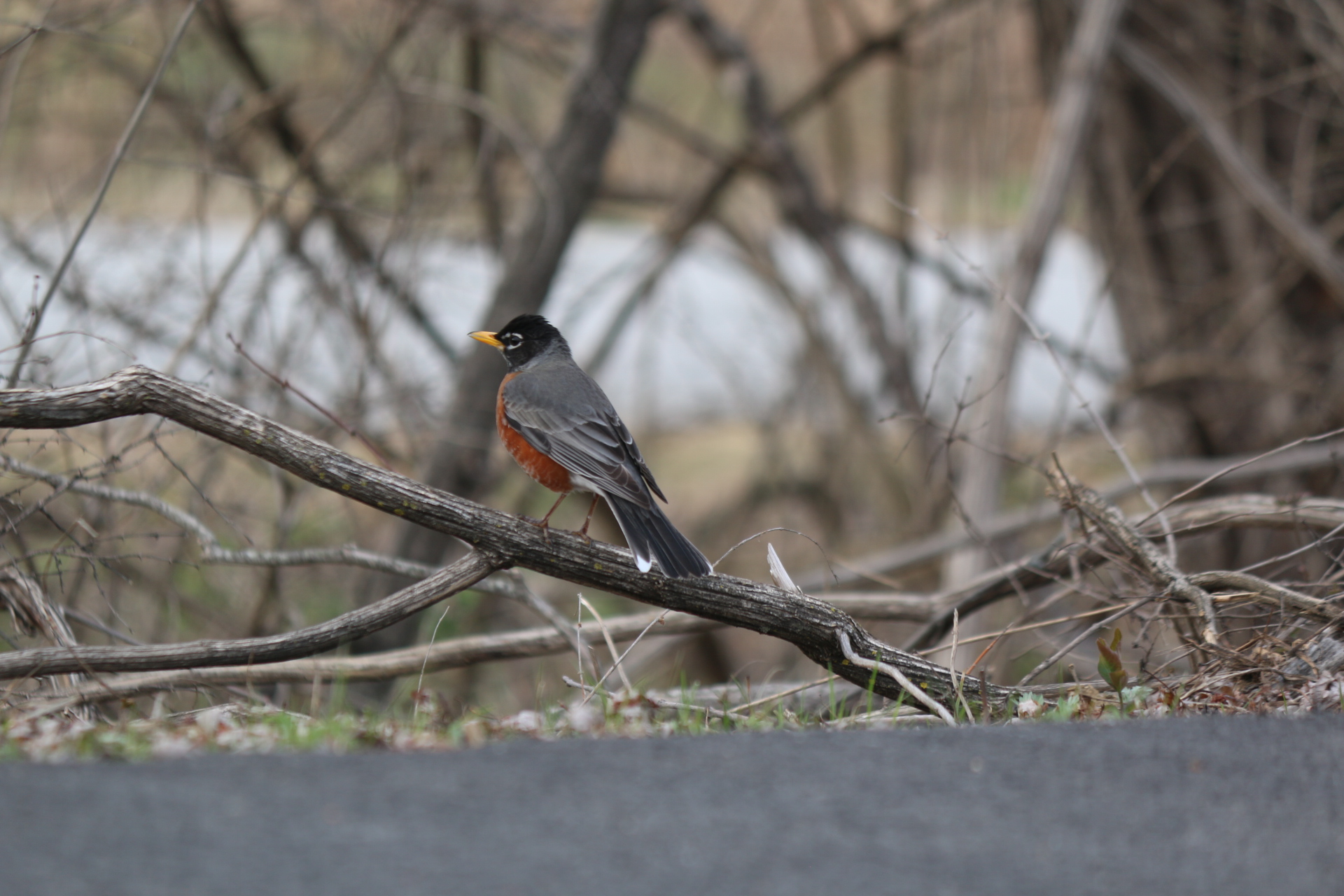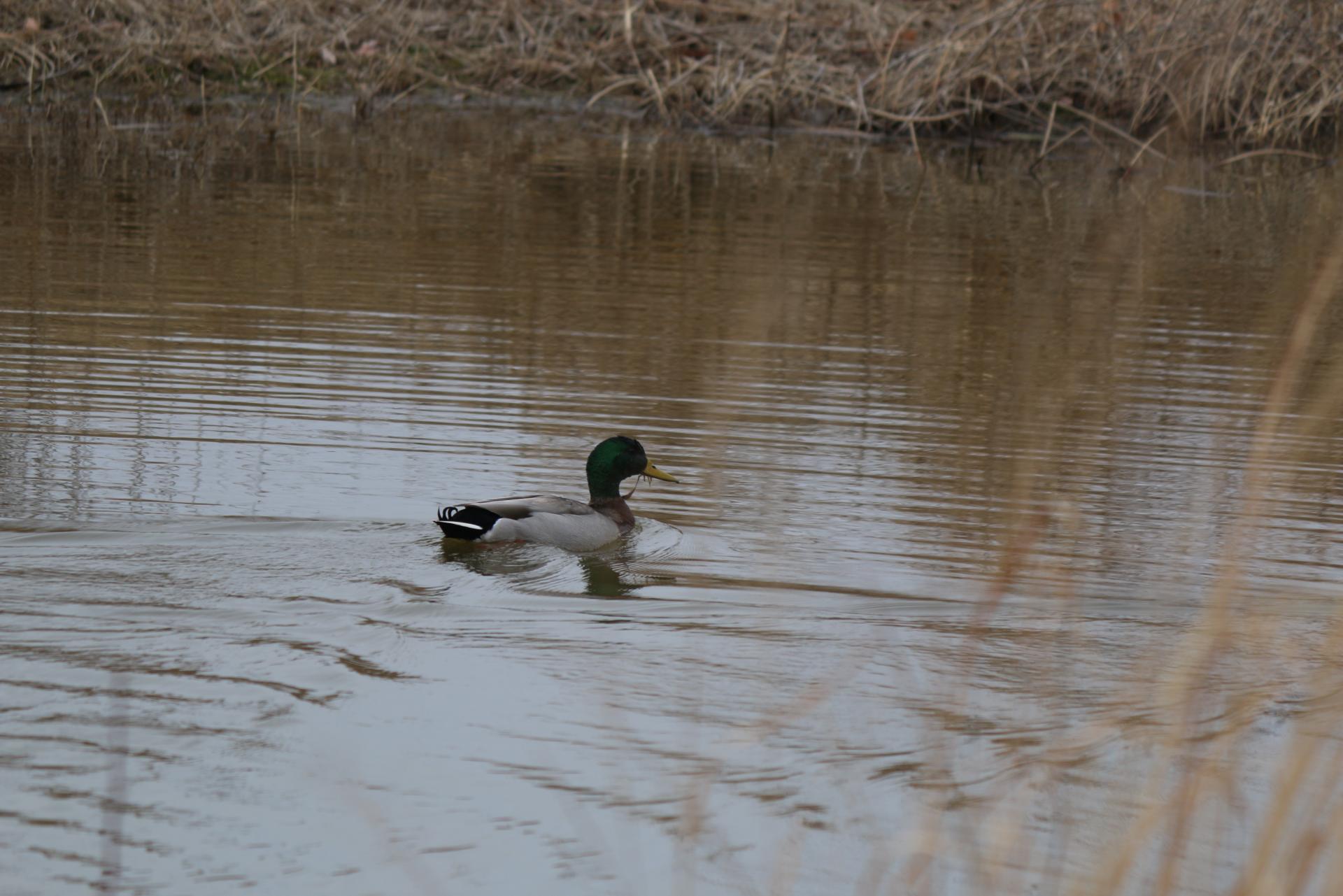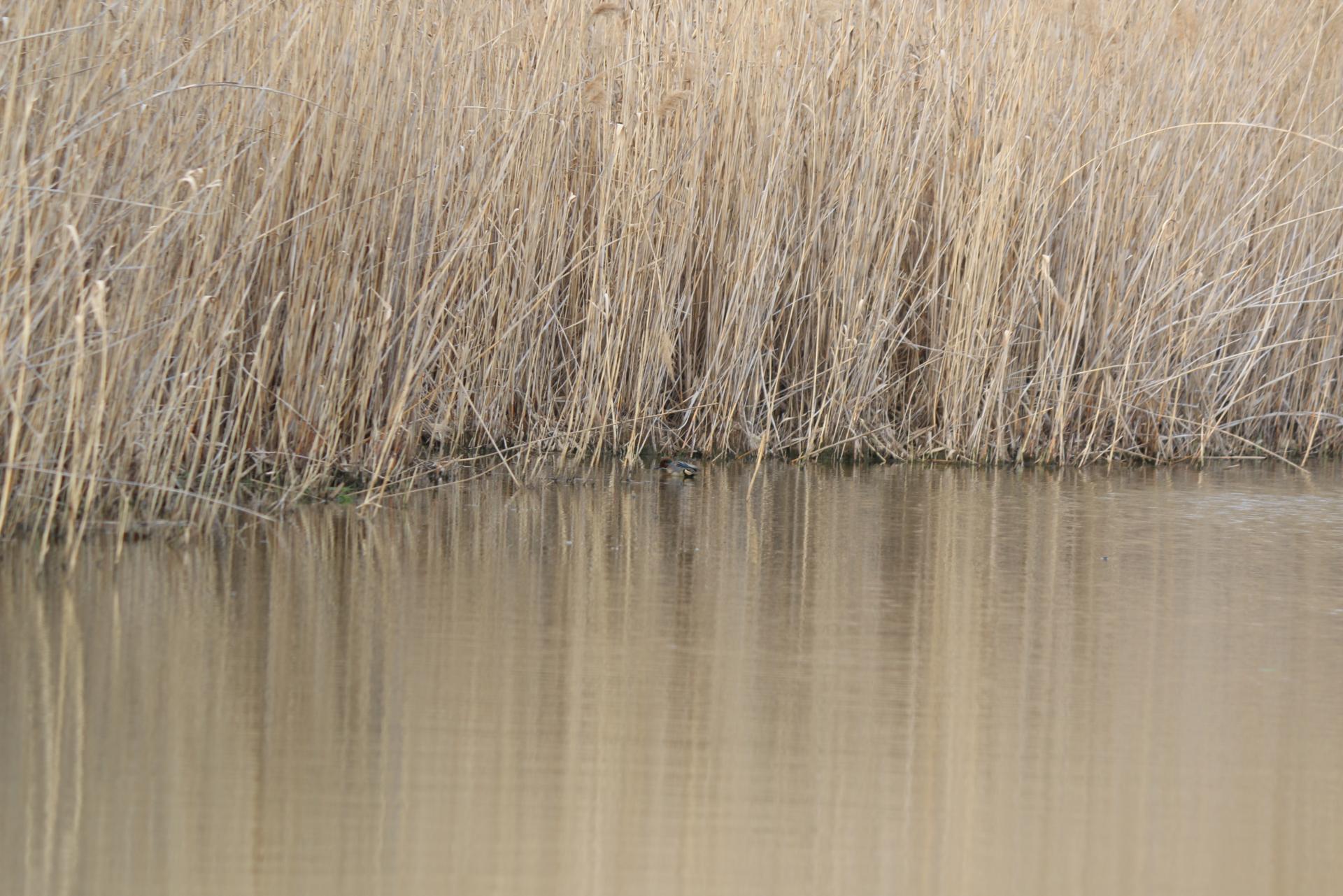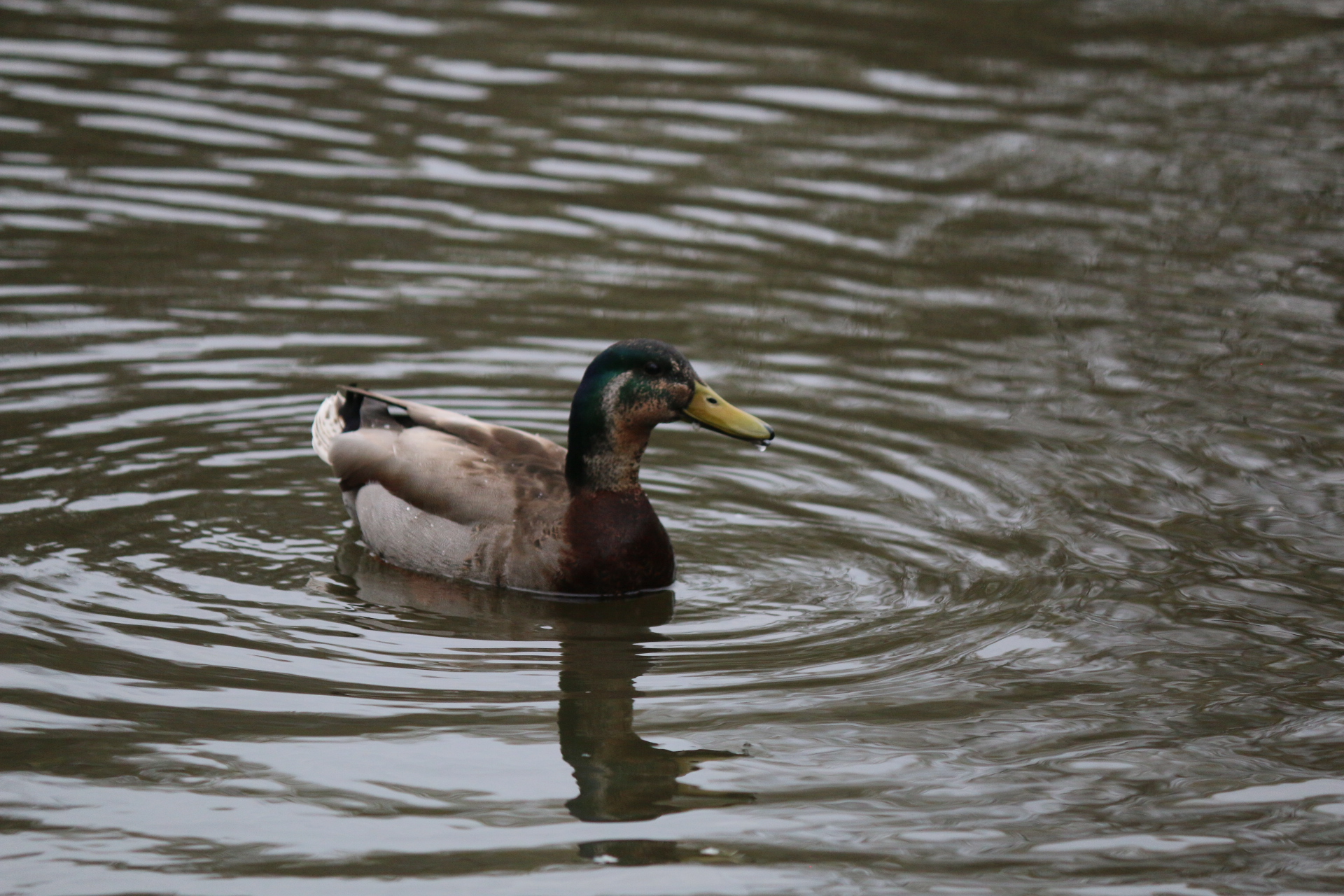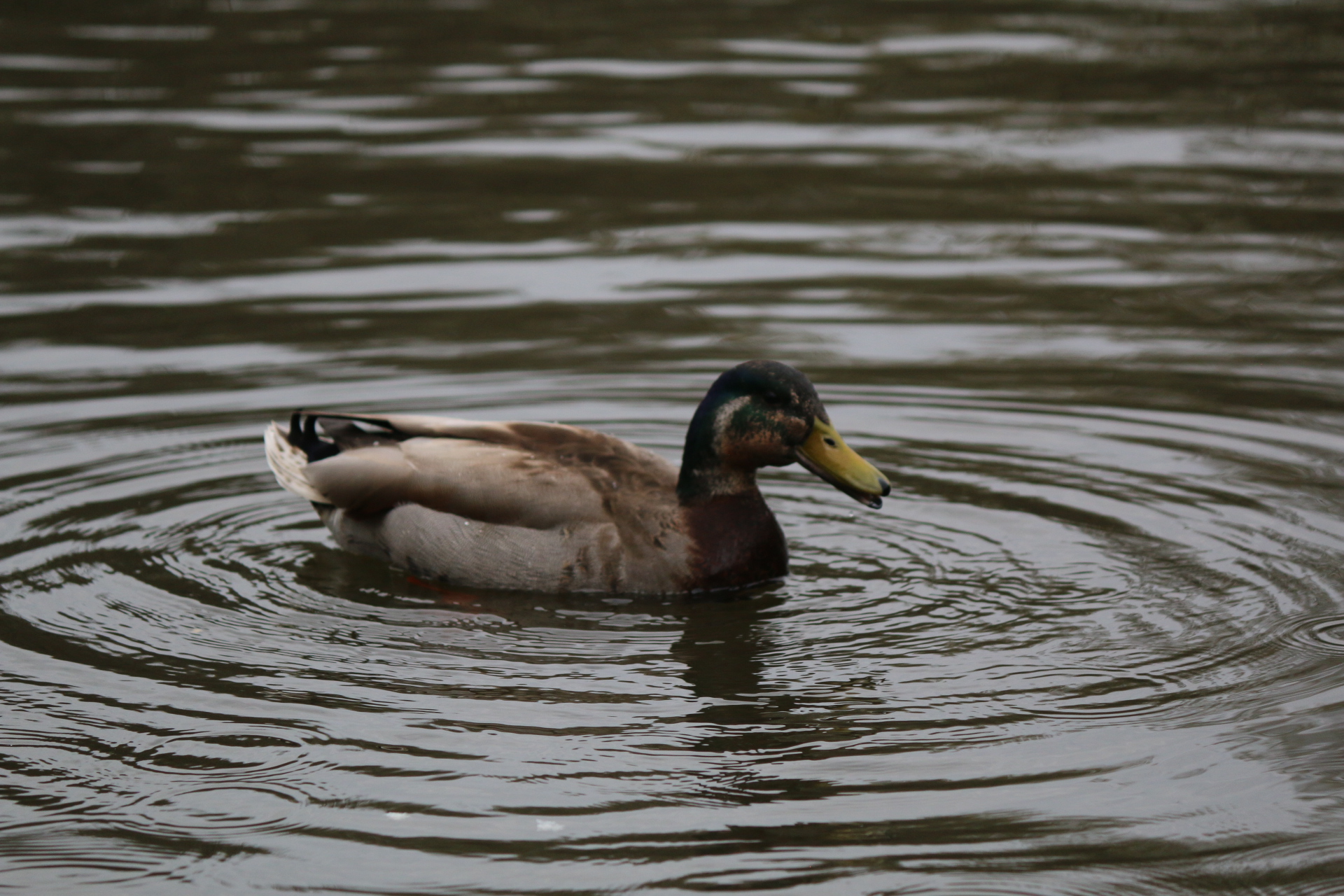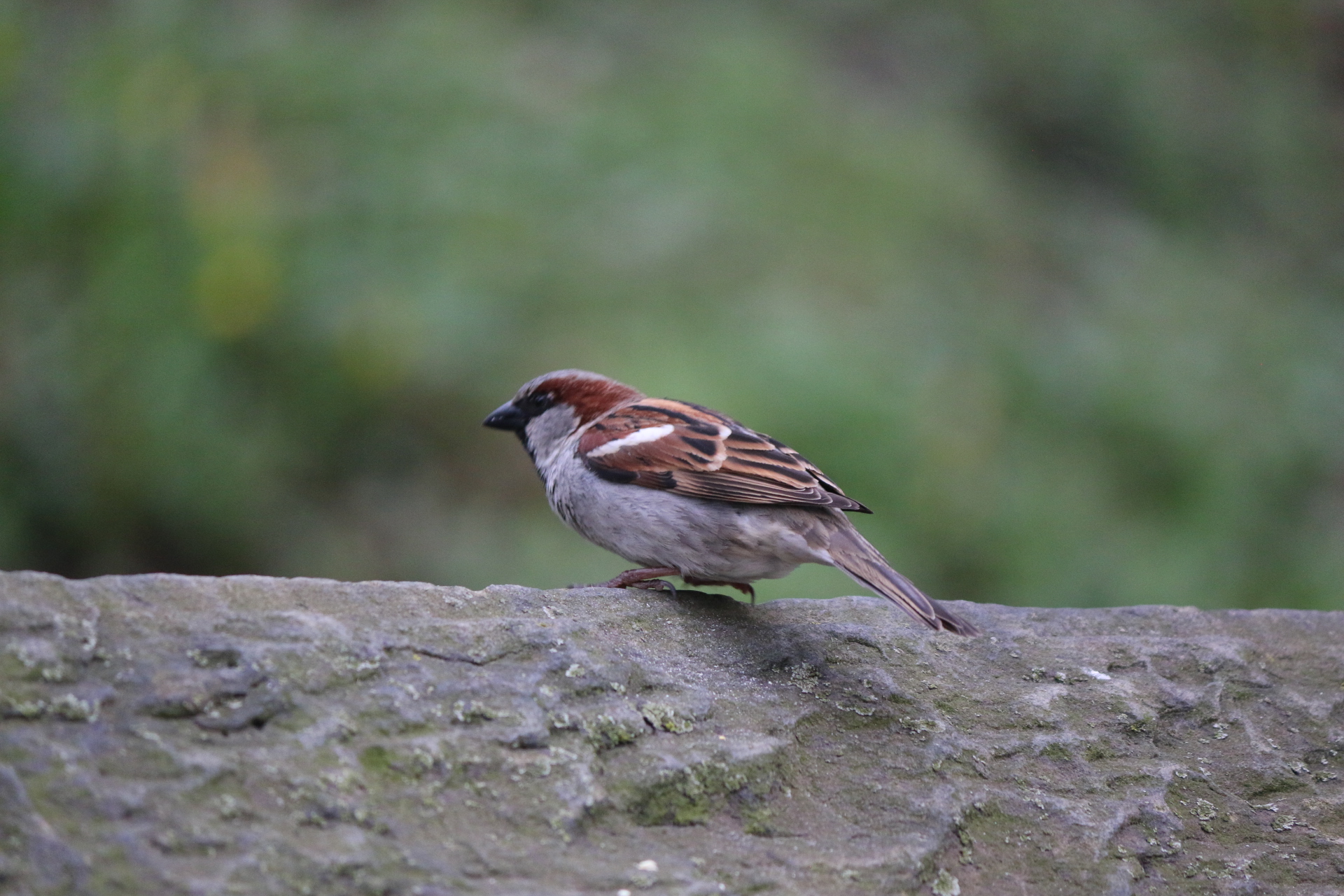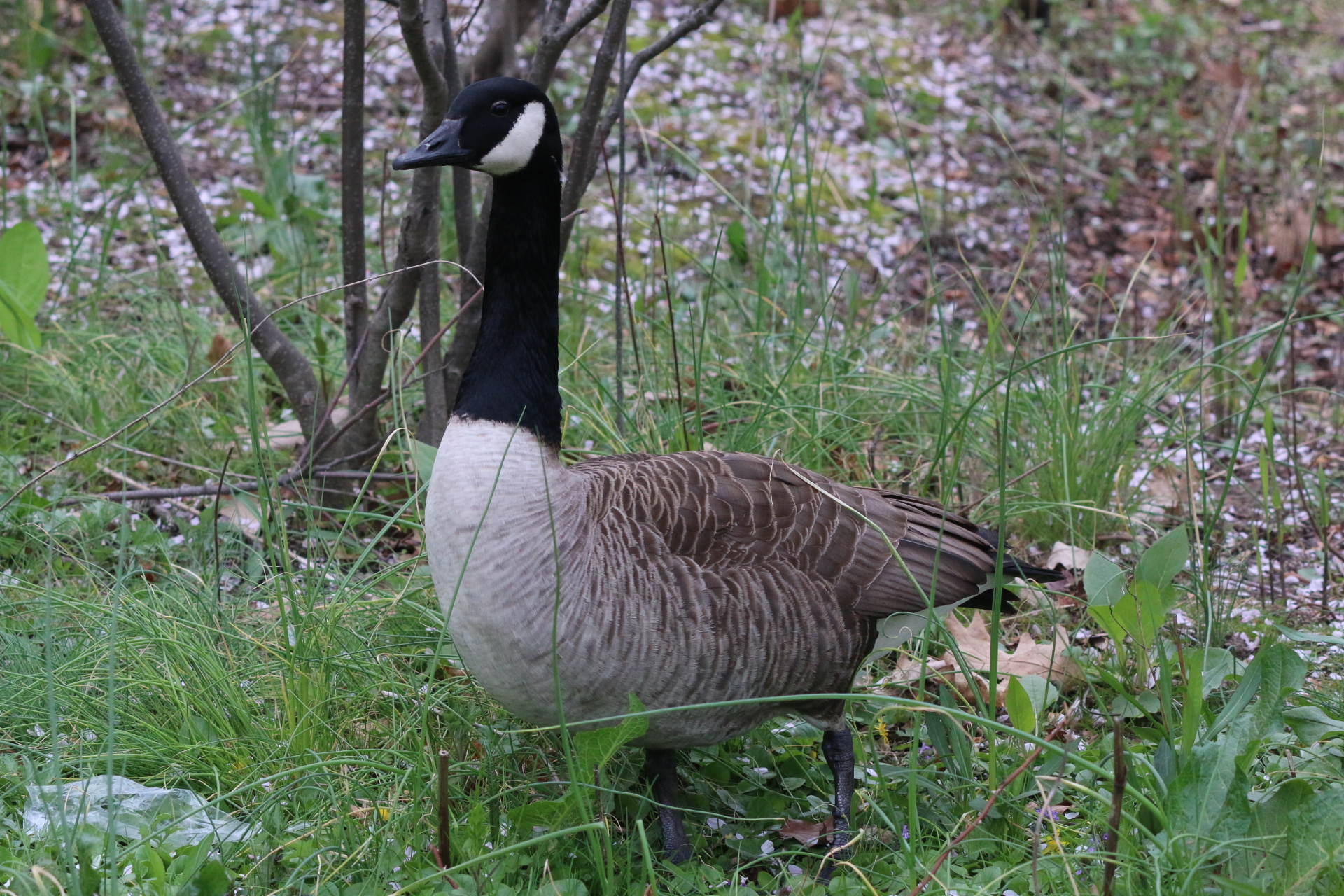Since the forum has been slow recently I thought I'd put together a birding (birdwatching) topic. I hope you all find this interesting and entertaining. First off let's go over the basics of birding.
1. Vocabulary
Birding = Birdwatching
Birder = Someone who watches birds
Lifer = A bird you haven't seen before
Life List = A list of all the birds you've ever observed usually tracked using Ebird
Ebird = An app made by Cornell university that tracks your location and allows you to report bird during an outing.
2. Basic Birding Ethics
When birding the goal should be to either observe, photograph, or record the birds without disturbing them. Some unethical birders will use a camera flash to photograph owls at night or make bird fly off to get a better angle on an image. Littering is a violation of any good birders philosophy. A good saying for all birders is "Leave no trace" or "Take only photographs".
3. How Do You Bird?
Birding can be whatever you want it to be. You could just look at your yard birds with some binoculars and be content. You could go on long trips to Costa Rica with thousands in camera gear and Swarovski binoculars. Personally I do my birding in my yard or on trips whenever I can. I use a mid quality set of binoculars ($150) and a simple yet effective camera setup ($200). Birding can be dirt-cheap of cost thousands. It just depends on what you like to do.
4. Where Should I Go To Bird?
Anywhere! You could go to the coast, mountains, suburbs, scrub lands, ocean, etc. Any state, any country, any season, birds can and will be found if you look.
5. Why Should I Bird?
Birding can be a very relaxing hobby that promotes healthy habits like going outside and enjoying nature. It raises environment awareness through observations you make yourself. You may notice an invasive species bullying native species and realize how harmful they can be. You may see garbage all around nature and disapprove. Birding also has some aspects similar to ant keeping. Both birding and ant keeping have variety, interesting observations, searching for new things, and meeting others into the same things. If you like ant keeping birding could be your next hobby!
5. How Do I learn More?
I recommend going to BirdForum. BirdForum has lots of knowledgeable people who have been birding longer than I've been alive! I go by OrnithologyDevotee on BirdForum. Youtube has a lot of good YouTubers such as Bagerland Birding, The Dutch Birder, Hummingbird Spot, The Birding Voyage, Tim Siggs, Lesley The Bird Nerd, Doug Hitchcox, and more!
6. My Photography
Currently I use an old Nikon D300 with a 70-300mm lens for my bird photography. These are some of my favorite photos I've taken recently. I have a lot more but these are the highlights. My life list is now 49!
Mourning Dove, Zenaida macroura at The Huntington Botanical Gardens.
Allen's Hummingbird, Selasphorus sasin at The Huntington Botanical Gardens.
Red-whiskered Bulbul, Pycnonotus jocosus at The Huntington Botanical Gardens. They are an invasive, yet beautiful species.
Red-tailed Hawk, Buteo jamaicensis at The Huntington Botanical Gardens.
Canada Goose, Branta canadensis at The Huntington Botanical Gardens.
Orange-crowned Warbler, Leiothlypis celata at The Huntington Botanical Gardens. Warblers are one of my favorite types of birds!





